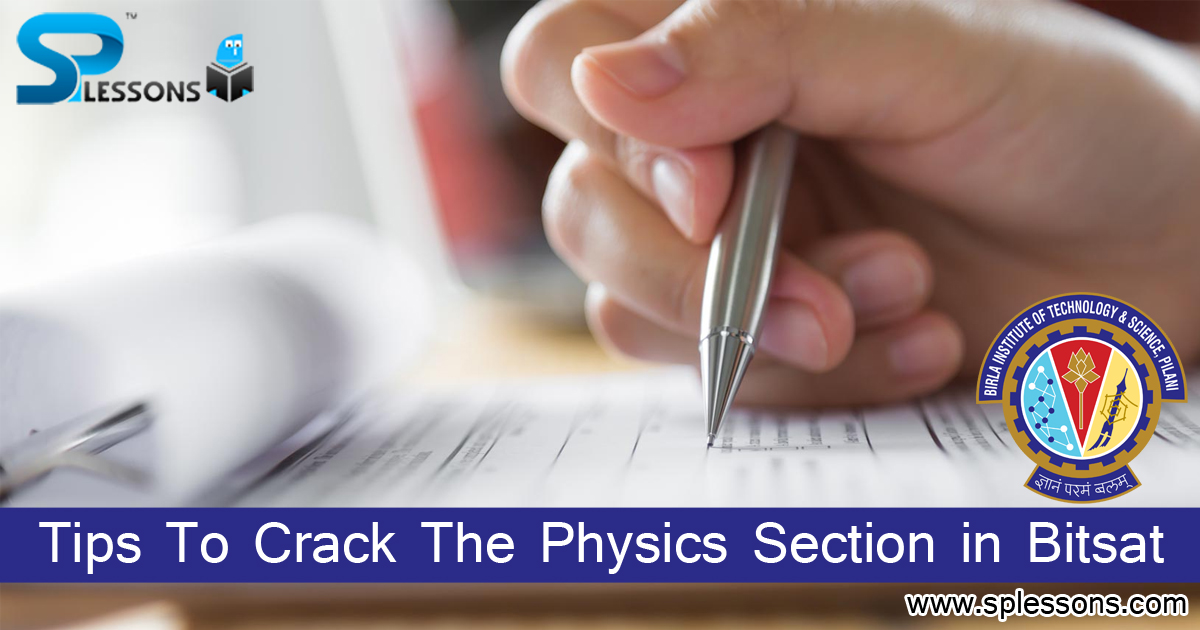 Introduction
Introduction
Tips To Crack The Physics Section in Bitsat
- In BITSAT’s Physics section 40 questions are translating to 120 marks and additionally 4 bonus questions.
- The basic requirement, if you intend to do well here, is to be thorough with NCERT fundamental concepts. A good grasp of the concepts at the board level will suffice for most topics here.
- As always, BITSAT is more about speed and accuracy, so solving questions correctly and at a high speed is key here.
- Thus, the importance of memorizing the formulae used in Physics numerical becomes extremely high. You must know the application of these formulae well. Many questions can be solved by the direct application of formulas and you will end up saving a lot of time in the process.
- Another important technique that you can use to quickly eliminate a few of the available options is dimensional analysis. Dimensional consistency is a must for questions in physics, and in questions like this one below, using dimensional analysis, it hardly takes 30 secs to crack the question.
 Physics
Physics
Q1. If the force is given by F=at + bt2 with t as time. The dimensions of a and b are?
A. MLT-1 , ML
Mechanics questions in BITSAT are mostly straightforward, and practicing previous year questions and JEE’s old questions should be sufficient to do well in this. Lately, graph-based questions have been on a rise and knowing how to tackle them must be known using the tools of differentiation and integration. Waves and sound is a very important topic for BITSAT, the level of questions can be simple formulae based on even high conceptual questions sometimes. Doppler effect questions must be on tips to do well in this chapter. Example of some questions which were straightforward formulae based are-
Q2. A sound source is moving towards a stationary listener with [latex]\frac{1}{20}[/latex]th the speed of sound. The ratio of apparent to real frequency is?
A. [latex]\frac{10}{9}[/latex]
- Thermodynamics is arguably the most important topic here, lots of questions are expected.
- Theoretical knowledge about Wiens Displacement Law, Adiabatic Processes, Free Expansions, Calorimetry, etc. should be clear as well as enough practice of numerical is needed.




